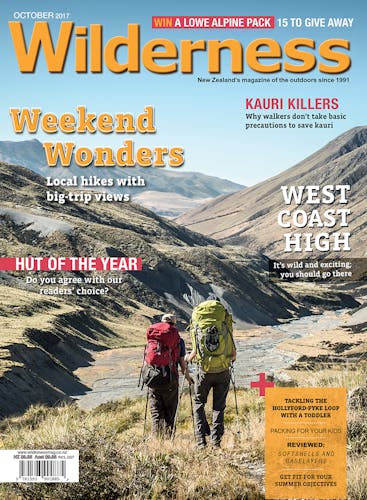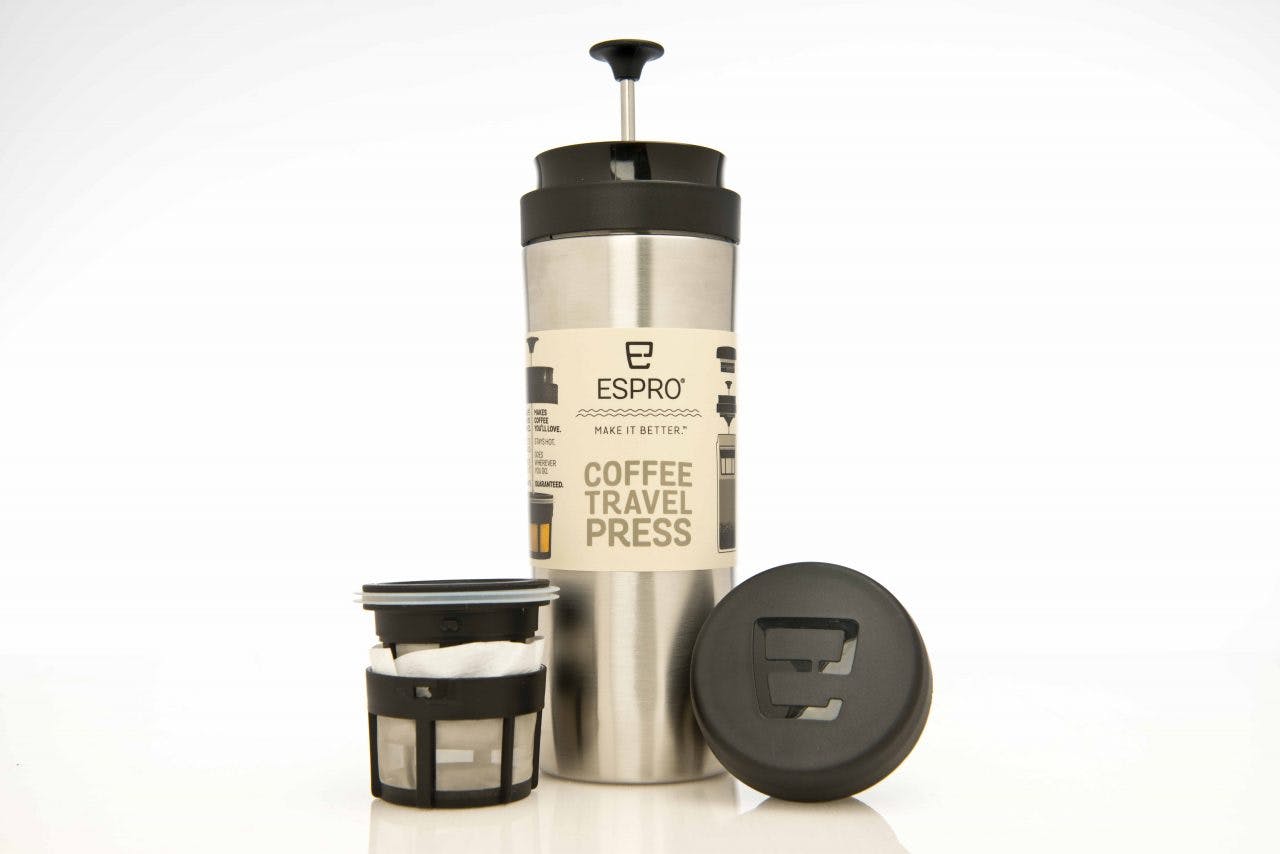Letter of the month
Always wear trousers when bum sliding
George Guille says he completed his climb of Mt Rolleston by bum-sliding down the Otira Slide (‘Rolling on Rolleston’, August 2017).
Let me explain my experience as a warning to others.
About 20 years ago I too climbed Rolleston and returned via the Otira Slide. I had shorts on and I slid down in fits and starts. There was plenty of hard snow. When the steep angle started to level off, I stood up and looked behind me to admire my feat. But what caught my attention was a line of fresh yellowish stains. I tried to look behind at my rear and leg tops but could see nothing. I walked the rest of the way out.
The following day, I saw a nurse at my local medical centre. The nurse grimaced at what she saw. The snow had acted like sandpaper on my skin but it had anaesthetised me against any pain. The doctor said I was very close to requiring a skin graft.
So, I recommend you don’t bum slide unless you have long trousers on.
– Graham Connor, Christchurch
– Graham receives an Espro Coffee Travel press worth $86.50 from www.petergower.co.nz. Readers, send your letter to editor@lifestylepublishing.co.nz for a chance to win.
Learning on the track
Correspondent Michael Meehan commended Shaun Barnett for making the decision not to carry on (Pigeon Post, September 2017). I agree.
Last year, I undertook a solo tramp up Mt Arthur. I had only done one solo trip previously – a Great Walk when I knew there would be other trampers around.
As I climbed Mt Arthur, I realised I was struggling in the wind and my fitness was not optimal. Carrying on would mean at least three hours on the exposed tops. My intended path was to go over Gordon’s Pyramid and on to Salisbury Lodge. I had planned the trip for a while and was really looking forward to doing the circuit. I sat down and debated with myself before concluding that if I was to do an easier route and get out of the wind, I needed to make a decision now, rather than further along the trail. It was difficult to accept that it was better for me to return to Flora Hut instead of carrying on. It felt like failure.
Once I got down to Flora, it started to rain and I realised I had made the right decision. Had I carried on, I would have been caught in these terrible conditions on exposed tops.
I recently read an article about Alistair Levy who went missing in Kahurangi National Park in 2012. I wonder if he had made such a decision, or carried a personal locator beacon, whether he would be alive today.
– Catherine Knight, email
The richness of the long journey
I have subscribed to Wilderness since October 1991 and many times over the years I have been excited by articles on the Te Araroa Trail, thinking I would love to give it a go.
That opportunity finally came when I read the article ‘Tramping to save kea’ (December 2016), which explained how Christine Wellington and Muriel Donald from the Buller Tramping Club were undertaking the 1700km of the South Island leg of the trail to fundraise for the Kea Conservation Trust.
I asked if I could join them. They agreed and in February I embarked on a magnificent two month adventure across some of the best trails and peaks in the country.
The experience brought home to me the excellent work done by DOC, but also made me more aware of the enormity of the challenges it is facing, from keeping up with hut and track maintenance, pest control and the increasing number of overseas tourists attracted to our great outdoors.
It is good to see DOC has recently received additional funding, but will this be enough? I would like to see a border tax on overseas tourists to support the work already being done to protect our natural environment.
Keep up the good work DOC and thanks to Wilderness for providing the networking opportunity and for the 26 year journey.
– Lissie Hogg, email
Slowly-slowly with e-bikes
The article ‘A pedal too far’ (June 2017) about e-bikes in national parks is timely.
E-bikes are becoming extremely popular in many parts of Europe. I have just been cycling and trekking around Austria and northern Italy and during that time I visited quite a few bike shops. The stock in the shops was 50-70 per cent e-bikes, with about half of these being fat-tyred models for off-road use.
DOC is right to be considering the e-bike’s future and its possible impact in conservation areas. They will arrive here in increasing numbers and we have to get used to them, but they do have some drawbacks. Namely, the speed they can get to (particularly on tar seal), their quietness, and their size and impact on trails. Believe me, when you come across an e-bike on a single track, all others give way.
DOC should take a slowly-slowly approach and determine the impact e-bikes have in some trial areas before allowing them everywhere.
– Pauline Bennett, Hanmer Springs
I believe the Bluff signpost (‘A curious sign’, September 2017) is pointing in the wrong direction to Wellington and Cape Reinga.
I have checked the bearings of Cape Reinga and Wellington from Bluff on a marine chart (mercator projection). The rhumb line bearing of Cape Reinga is 015 degrees True, Wellington is 042 degrees True. Therefore, if one was standing at the sign looking at Cape Reinga, the Wellington sign should be about 27-degrees to the right.
In other words, the Wellington sign should be pointing where the Cape Reinga sign is pointing and vice versa.
– Bob Graham, email
– Readers, see our story ‘Calling council’s bluff‘ for a final update on these perplexing signs.








